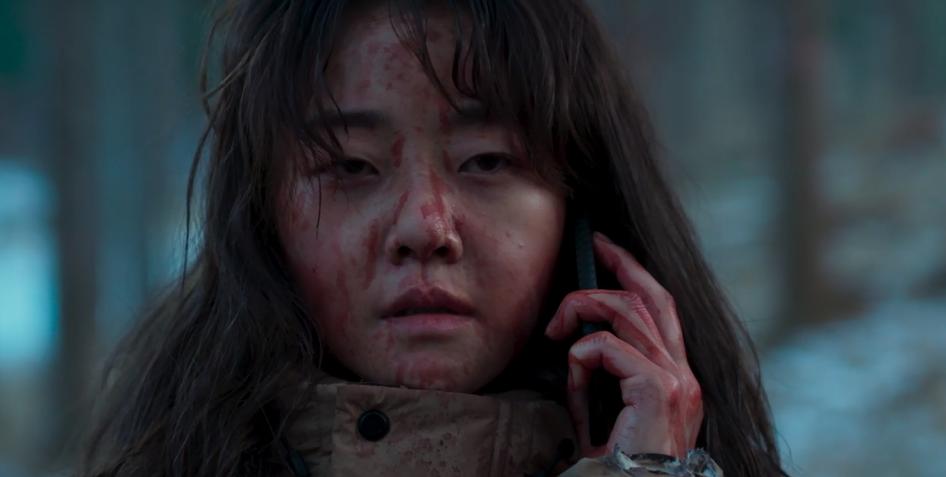What has often been seen when it comes to short film projects by young, often first-time directors is the fact that they are able to very cleverly relieve themselves of the burdens of storytelling which a feature-length film can shoulder easily, the most significant of which is to tell a well-rounded tale with a definite beginning, middle and end. Instead they choose to subvert such expectations with short films that reflect a particular theme or mood, through an abstract, non-conformist aesthetic that not only helps them escape the pitfalls of short film storytelling, but discover a new sense of aesthetic.
What the film Falasi, a Malaysian short film by Adam Taufiq Suharto does impressively is to incorporate many conventions of the genre it is influenced by effectively, that is, the Film Noir.
So without much fuss, we have the insomniac protagonist, the object of desire (who in this case is murdered even before the first frame with the hero dealing with the consequences of this turn of events), the nocturnal setting, the kind of bright high contrast lighting in the night that is characteristic of filmmakers like Nicolas Winding Refn, or even Wong Kar Wai in his films of the action-crime genre, and the somber mood and background score.
The plot involves a director dealing with his insomnia and a troubled production of a film he started which has landed in jeopardy because of the death of his actress and his lead actor has gone missing. We follow him, driving in the night, possibly searching for answers in a world which is unlikely to provide him with any.
As the events of the night become more bizarre, the stakes rise until the viewer is presented with a final twist. It is the kind of twist a viewer might be familiar with if they have seen self-reflexive cinema, or the last sequence from one of the most acclaimed films from Asia, Abbas Kiarostami's “A Taste of Cherry”. But just when you have settled in to the final denouement, the film tries to offer one more jolt, which might polarize viewers, but nonetheless reflects a tendency to be inventive.
The title suggests that what you see, or have been told over the course of the film may be all too real, or completely irrelevant or far from the truth. It might be just a fallacy. The colors, lighting and perspective of the camera are possible hints to the uncovering of the plot, but to the filmmaker's credit, reveals a knack for thematic and visual storytelling.















